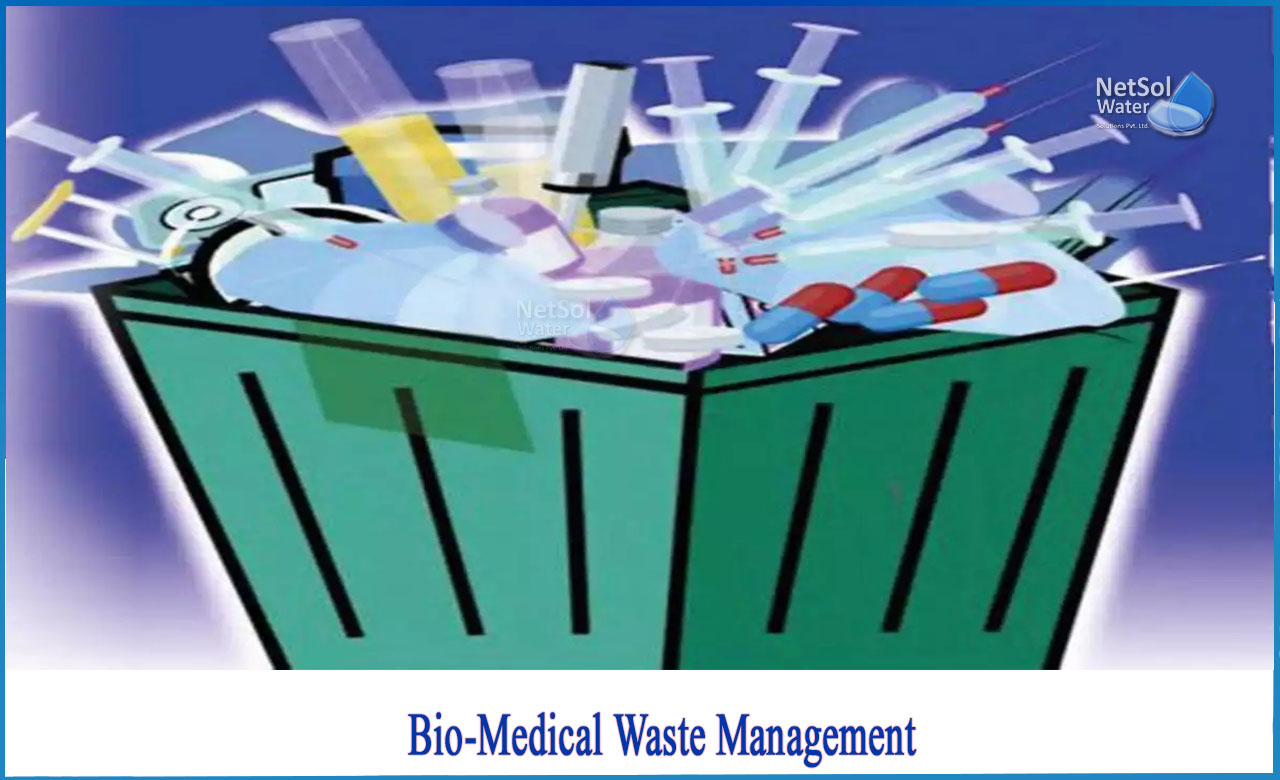What is medical waste?
The definition of medical waste (also known as biomedical or clinical waste) is broad. All waste generated in medical facilities, medical research facilities, and laboratories can be considered as medical waste. However, it is important to note that homes generate their own clinical waste as well as the tissues that handle needles and syringes. No matter how you describe medical waste, there is one thing that is certain. That is, disposal should not be underestimated.
As always, the safest way to avoid the environmental hazard and put yourself and your colleagues at risk is to not to use the services of a medical waste disposal company. They have the most relevant know-how and resources to efficiently manage your clinical waste treatment. So how do you do that?
How to tackle Bio-medical waste management?
There are three main steps that must be taken to tackle the medical waste treatment process from start to finish (of course, depending on the classification, you can find more than three elsewhere): collection and separation, storage, and Transportation, and finally processing and disposal.
Step 1: Collection and separation of biomedical waste
As with all waste, best practices for disposing of waste begins when the waste is generated. To collect waste, you first need to know exactly what to collect. This is because each category of medical waste needs to be separated from the other types. In practice, this means using the correct container. These are usually color coded to facilitate the separation of biomedical waste.
Red container: A collection of sharp objects (needle, blade, razor, etc.).
Red container with the biohazard symbol: Collection of infectious waste (blood, contaminated equipment, IV tubes, etc.).
Yellow container: Collection of traces of chemotherapeutic waste (e.g. empty vials, gloves, gowns).
Black container: Hazardous waste collection (e.g. dangerous drugs, listed drugs, large amounts of chemicals)
Blue container: Collection of pharmaceutical waste (tablets, injections, antibiotics, etc.).
Yellow shielded container with radiological symbol: Collection of radioactive waste (e.g. laboratory liquid, contaminated by radiation therapy).
Step 2: Storage and transportation of biomedical waste
If you are in contact with a medical waste disposal company, they will take care of safe storage and transportation for you. In any case, clinical waste is not open to the public and should be stored in a safe facility well separated from potential food and beverage consumption locations. Storage is essential until large volumes of medical waste can be disposed of. When it comes to transportation, most medical waste disposal companies offer dedicated vehicles with state-of-the-art defence equipment.
Step 3: Disposal of biomedical waste
Always keep in mind that your company is responsible for any fallout it may cause until your medical waste is safely disposed of. Therefore, it is essential to choose a professional waste disposal company. In addition to incineration (for disposal of pathological and pharmaceutical waste), other methods of disposal of biomedical waste such as autoclave chambers (disposal of sharp and infectious waste) or shredders are used.
Of course, if you are looking for the best on-site equipment for disposing of dangerous medical waste (such as sharp waste), Netsol can make your day-to-day work easier.
Contact Netsol Water for the same.
Netsol Water is Greater Noida-based leading water & wastewater treatment plant manufacturer. We are industry's most demanding company based on client review and work quality. We are known as best commercial RO plant manufacturers, industrial RO plant manufacturer, sewage treatment plant manufacturer, Water Softener Plant Manufacturers and effluent treatment plant manufacturers. Apart from this 24x7 customer support is our USP. Call on +91-9650608473, or write us at enquiry@netsolwater.com for any support, inquiry or product-purchase related query.



